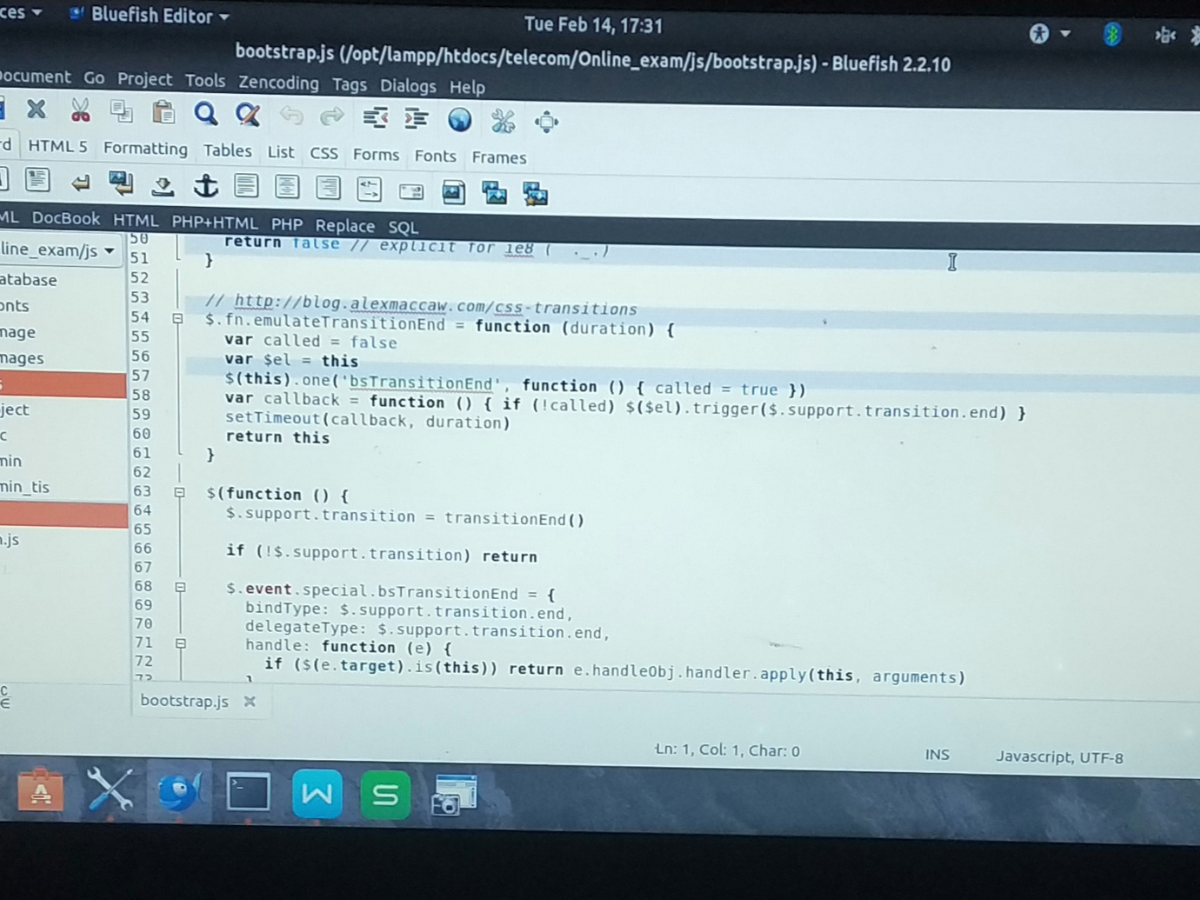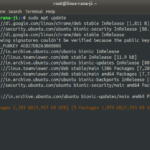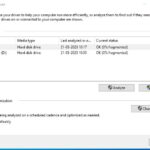Datafication is the process of transforming qualitative information into quantitative data. It involves taking data from traditionally analog sources, such as conversations, customer feedback, and surveys, and converting it into structured digital formats. This process allows for the analysis, storage, and sharing of information, thus enabling better and more informed decisions. By making data more accessible and understandable, datafication can facilitate better communication between organizations and their customers, as well as the development of more efficient operational strategies. Furthermore, datafication can provide insights into customer behavior and preferences, allowing companies to better tailor their services and offerings. This process of datafication is transforming the way companies think about and use data, allowing them to make better decisions and drive business success.
Historical Context

Datafication is a term used to describe the process of transforming data into a form that is easily consumed and understood by humans. It is a concept that has been part of the human experience since the dawn of civilization, when information was collected and stored in paper documents, such as records of births, deaths, and marriages. However, with the advent of modern technology, the process of datafication has become much more complex and efficient. By leveraging advances in computing technology, the ability to gather, store, and analyze large amounts of data has become much easier, allowing for a greater understanding of the past and present. Historical context of datafication is essential for understanding the implications of this process.
Where is datafication used?

Datafication of education comprises of the collection of data on all levels of educational systems (individual, classroom, school, region, state, international), potentially about all processes of teaching, learning and school management.
Examples of Datafication
Datafication refers to the fact that daily interactions of living things can be rendered into a data format and put to social use. Examples: And here could be many examples of datafication. Let‟s say social platforms, Facebook or Instagram, for example, collect and monitor data.

From sports to finance and from entertainment to healthcare everything around us is converting into data. For example, we create data every time we talk on the phone, SMS, tweet, email, use Facebook, watch a video, withdraw money from an ATM, use a credit card, or even walk past a security camera.
Why datafication matters?
Datafication is an important process that has the potential to revolutionize the way we interact with the world around us. In its simplest terms, datafication is the process of converting or transforming data into a digital format, allowing for the easier storage, processing, and analysis of information. This process has become increasingly important in the modern age, as it enables us to make more informed decisions, gain insights from data-driven analytics, and develop more efficient products and services. Datafication allows for the efficient and effective analysis of data, as it can be easily stored, manipulated, and processed.
Economic Significance
Datafication has become an increasingly important concept in our modern world, as the world has become more and more reliant on digital information. Datafication is the process of transforming data into a digital format, which can be further analyzed and utilized for a variety of purposes. It is important to note that datafication has far-reaching economic implications, as it allows businesses to gain valuable insights into the behavior of their customers, identify trends, and improve their marketing strategies. Additionally, datafication can help to streamline processes and operations, which can lead to cost savings and improved efficiency. Furthermore, datafication can help to generate revenue, as it can provide a better understanding of customer needs and inform pricing strategies.
Potential Benefits
Datafication is an emerging trend in economic and business research that has the potential to revolutionize the way we approach and understand contemporary economic and business challenges. By utilizing data-driven techniques such as artificial intelligence, machine learning, and predictive analytics, datafication can provide insights into market trends and consumer behavior that would otherwise remain hidden. Additionally, datafication can be used to identify correlations and causal relationships between seemingly unrelated factors, allowing companies to make more informed decisions when making business or economic decisions. By leveraging the power of data, organizations can gain a better understanding of the economic environment and identify opportunities for growth. Furthermore, datafication can help organizations become more efficient and cost effective, by reducing the amount of manual labor required to collect and analyze.
Pros and cons
Datafication is the process of collecting, analyzing, and utilizing data to inform decision-making processes. This process has become increasingly important in today’s digital world, as data is constantly being collected and used to inform decisions. While datafication has its advantages, such as providing more accurate insights due to its data-driven nature and allowing for more efficient decision-making processes, there are also potential downsides to this process. These could include the potential for data misuse or misinterpretation, as well as the potential for privacy concerns due to the large amounts of data being collected. Additionally, datafication can be costly and time-consuming, depending on the complexity of the data being collected.
Challenges
The process of datafication has presented a number of challenges to both businesses and individuals. On one hand, datafication has opened up a world of opportunities; businesses now have access to more data than ever before, enabling them to make better-informed decisions and better understand their customers. On the other hand, datafication has presented a number of ethical and security issues. As businesses and individuals increasingly rely on digital technologies to manage and store data, they are at a greater risk of data breaches, identity theft, and other security concerns. Moreover, the ethical implications of datafication are becoming increasingly complex. As datafication allows for the collection and use of large amounts of data, some worry about the potential misuse of data and the potential.
What is the difference between digitization and datafication?
While digitalization implies the transformation of operational processes into computational formats and digitization refers to converting analog phenomena into digital information, datafication goes further, as it includes all the ways in which quantified information are used in computational tasks.
Conclusion
Datafication is the process of transforming data into a more usable format. It can involve the conversion of raw data into a more accessible format, such as a spreadsheet or a database. Datafication can also involve the cleaning up of data, such as filling in missing values, removing outliers, and transforming categorical variables into numerical ones. Datafication is an important step in the data analysis process, as it allows for the data to be manipulated and analyzed in a more meaningful way. Furthermore, it can also provide insights into the data that were previously not visible, as well as provide a basis for further analysis. In conclusion, datafication is a key part of data science and can be used to discover new insights.Datafication is transforming many aspects of our lives into data and subsequently into information to create a new form of value. It is ultimately leading to economic benefits, but also poses some challenges.






